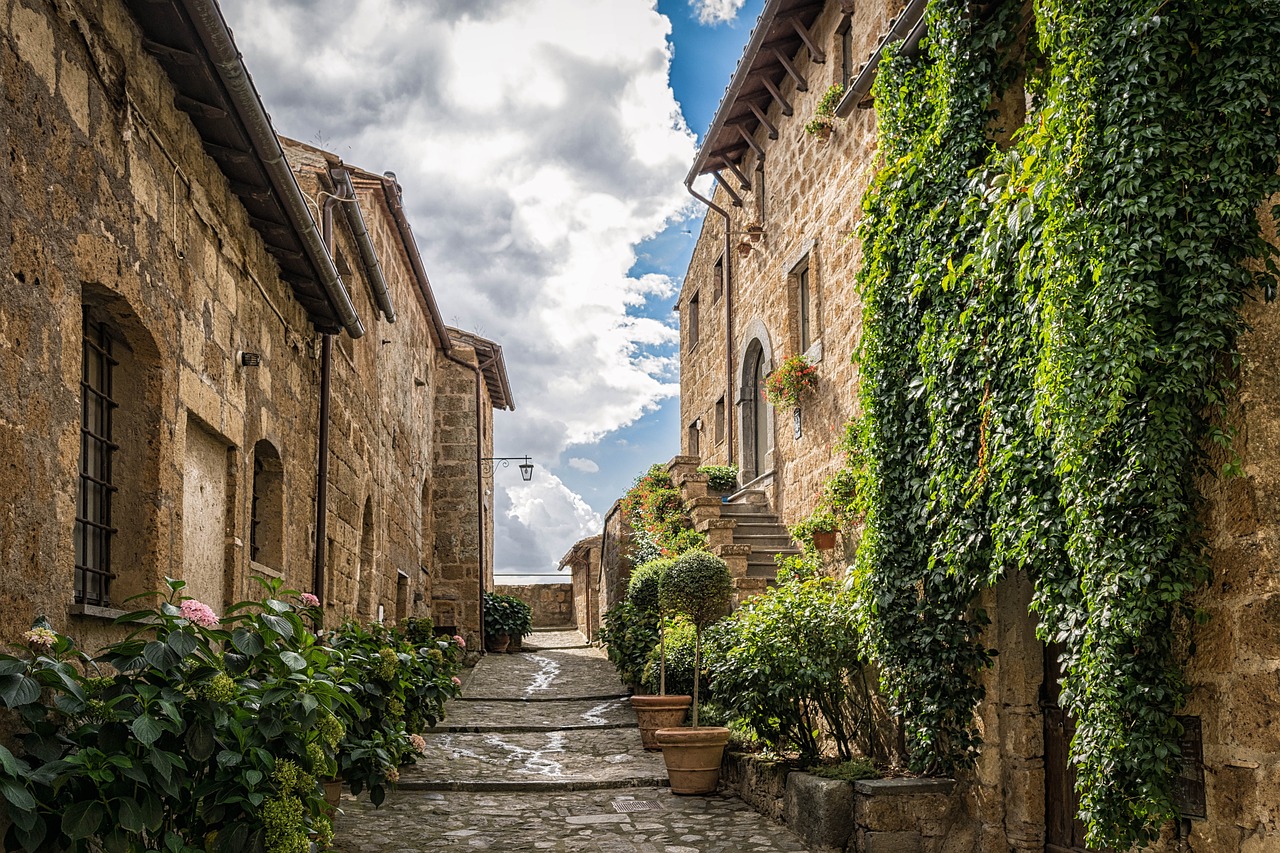
Photo: patat/Getty Images
Garden Primer, Part Seven: 6 Tips for Spring Planting
BY Charlie Dobbin | June 3rd, 2024
How did June arrive so fast? It seems like just yesterday I was tending to little seedlings indoors, then suddenly it was time to get planting outdoors! In my defence, I had a two-week hiatus from gardening activities during May when I flew to Mexico with a Zoomer team to continue taping more episodes of our documentary series, Healing Gardens. It was a real working holiday — great food, met some wonderful people and had the privilege of visiting some amazing gardens, including the Edward James Garden outside San Luis Potosi and Rancho La Paz southwest of Mexico City.
Here’s what I’ve been doing since I got home to my own garden:
- Spongy moths (a.k.a. gypsy moths) are back at it. The tiny caterpillars are voracious and will defoliate their favourite trees in a few short days if allowed. Oak and maple are their first choices, but I’ve learned they also love birch, linden, larch, mountain ash and serviceberry. Out came the sprayer and BTK insecticide. It’s a biological insecticide that controls caterpillars that eat leaves of a beloved plant. I sprayed twice with a 10-day period in between sprays. That way even the newest growth is protected.
- Pruning dead wood is an ongoing activity. You can trim out dead twigs, branches etc., from any plants when you see them. Other pruning is best done after a plant flowers. For example: a magnolia or forsythia may need to be shaped or controlled from outgrowing its space. Now that the flowers are finished this is the time to prune. Remember, sharp tools and a dry day are important for your best success.
- Weeds are really just plants growing where we don’t want them. Pulling, smothering or spraying them are all options that work best early in the season when the weeds are young. Depending on your circumstances choose the method that works best for you. If nothing else, always remove flowers from weeds to avoid seeds forming and even more weeds!
- I hardened off and planted out tomatoes, basil, parsley, kale, peppers and assorted flowers like zinnia – all grown from seed. Hardening off is a process that takes seven to 10 days. Over that time tender little plants are acclimatized for life in the big outdoors. Once weather is dependably no longer going near freezing temperatures, we take our young plants outdoors for a few hours every day. Start them in the shade and out of the wind. Over time you can move them into their final location, and ultimately plant them.
- And, of course, spring planting wouldn’t be complete without some seeds planted directly into the garden. I planted seeds for beans, peas, nasturtium, cosmos, carrots, lettuce and morning glory flowers. Now I have to keep the soil moist in order to support germination of the seeds. My rain barrel provides the best water since it’s ambient temperature plus free of all the minerals found in my well water. A daily visit to all the areas in my garden with a watering can in hand is not only great for growth but also excellent garden therapy!
- When I stand back and look for some cohesion in my various gardens there really is a theme. It’s growing great plants that are: edible, beautiful, bird and pollinator-friendly. Of course, using organic methods helps support all the life outside my windows!
Charlie Dobbin hosts The Garden Show With Charlie Dobbin on Zoomer Radio AM740 [a ZoomerMedia property] every Saturday at 9 a.m. EST.
Looking for garden tools, landscapers, handy types? Looking to buy or sell a lawnmower, a sprinkler system or other outdoor goods? Browse the Zone Classifieds and post your ad here.
* A version of this story was originally published in June 2022.
Classified Deals

ITALY'S HIDDEN TREASURES: TAILORED TRAVEL EXPERIENCES
Tailored travel experiences away from increasing crowdsPOSTED November 21st, 2023
Italy



